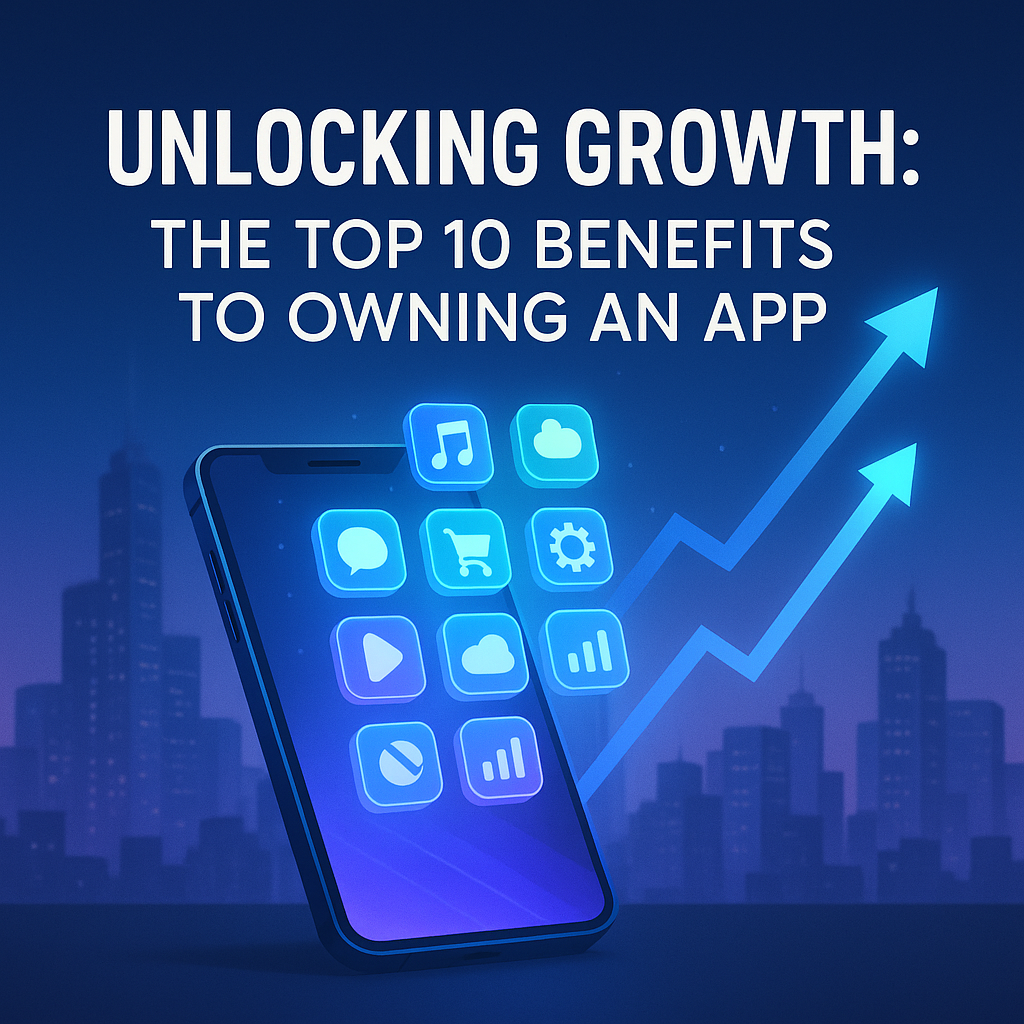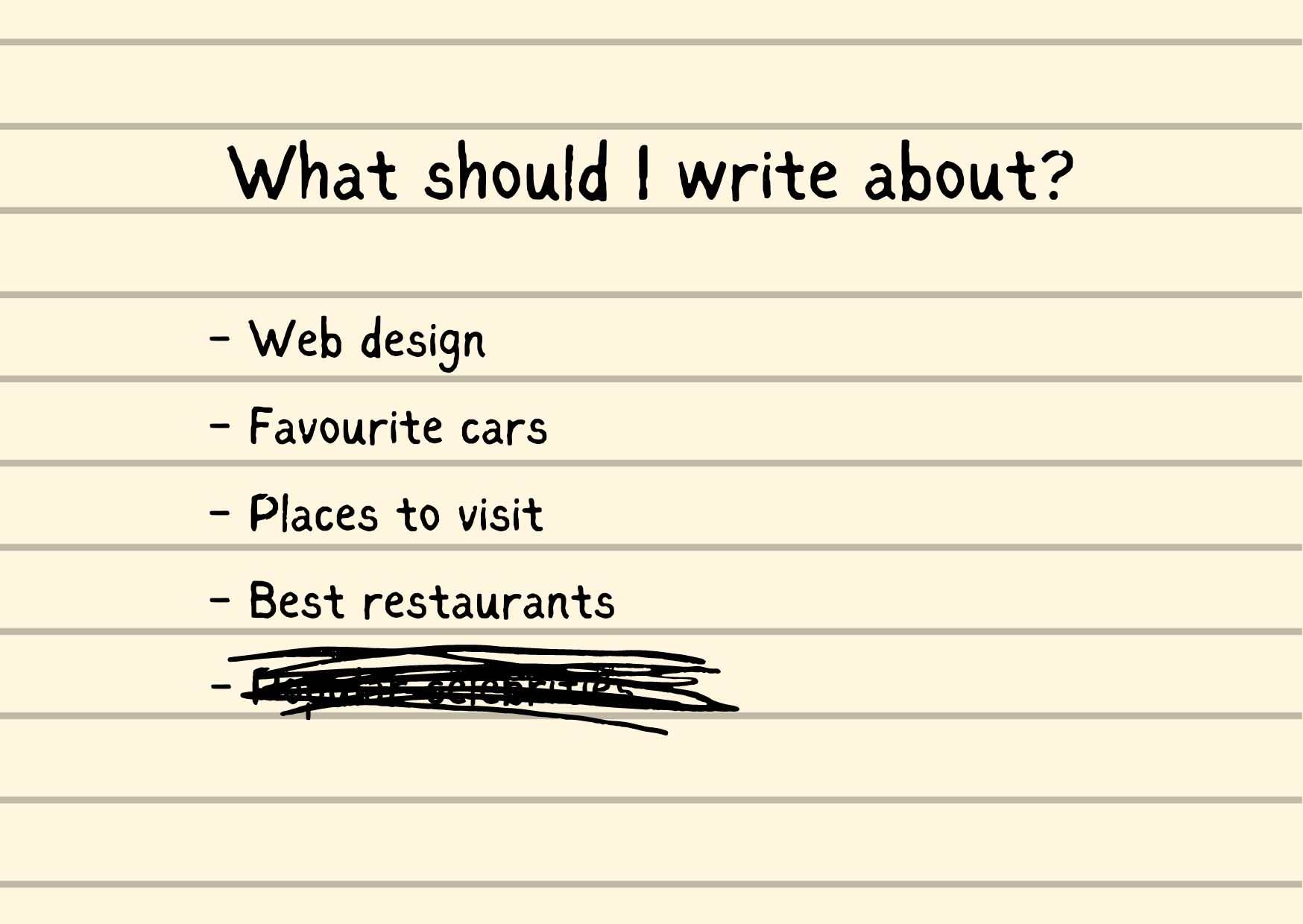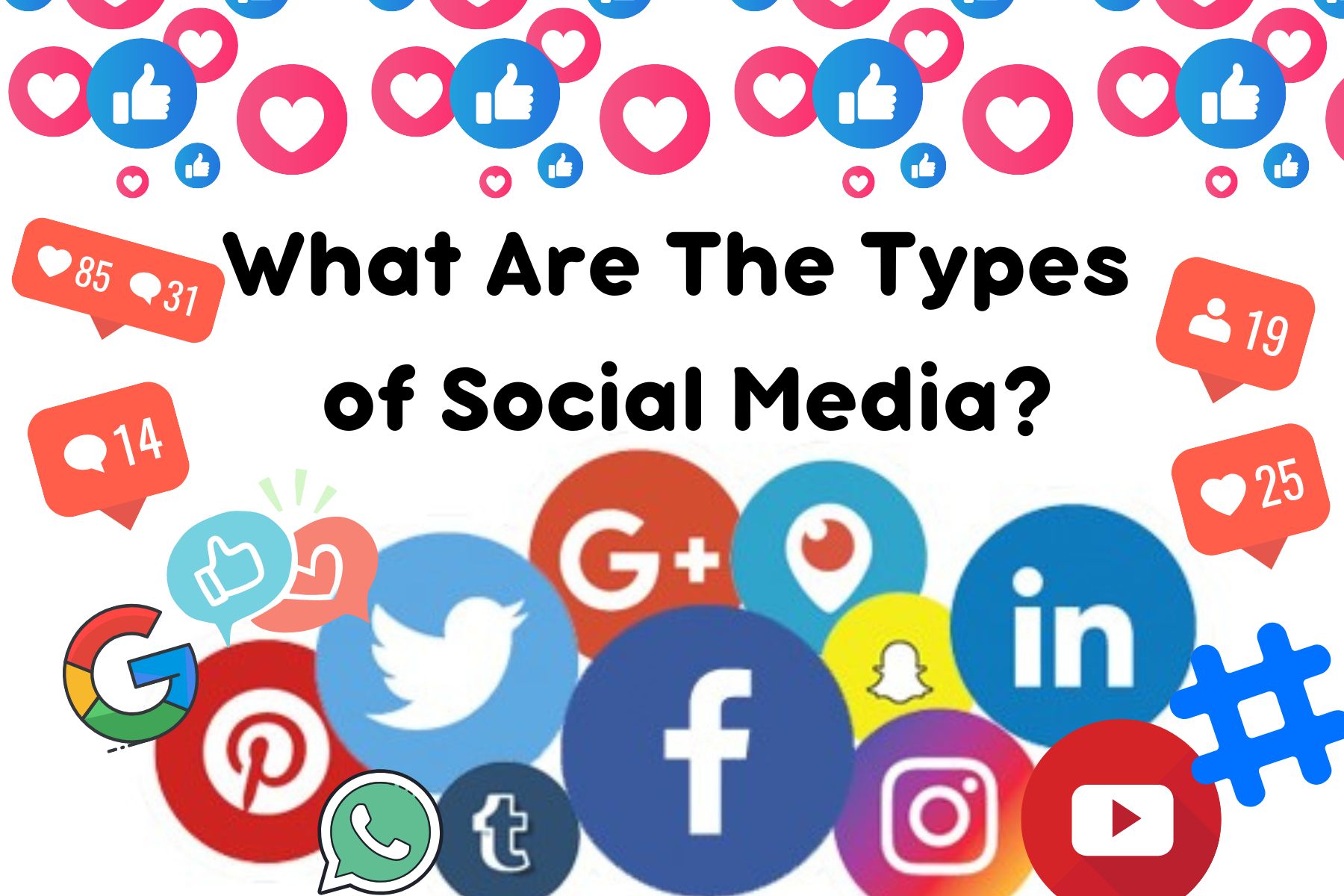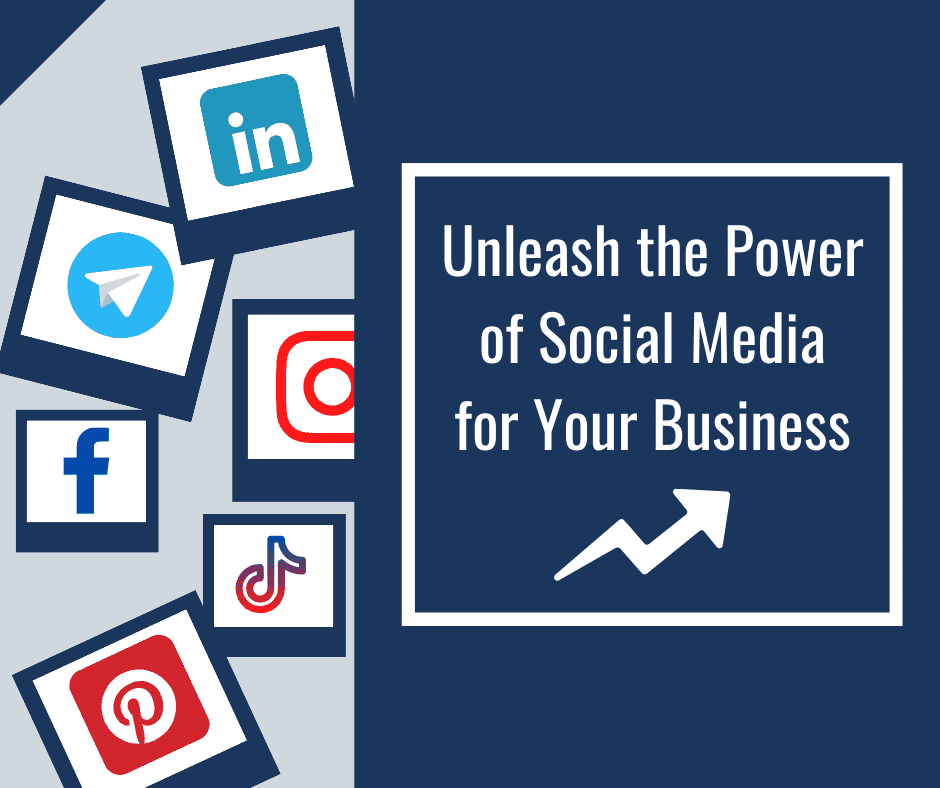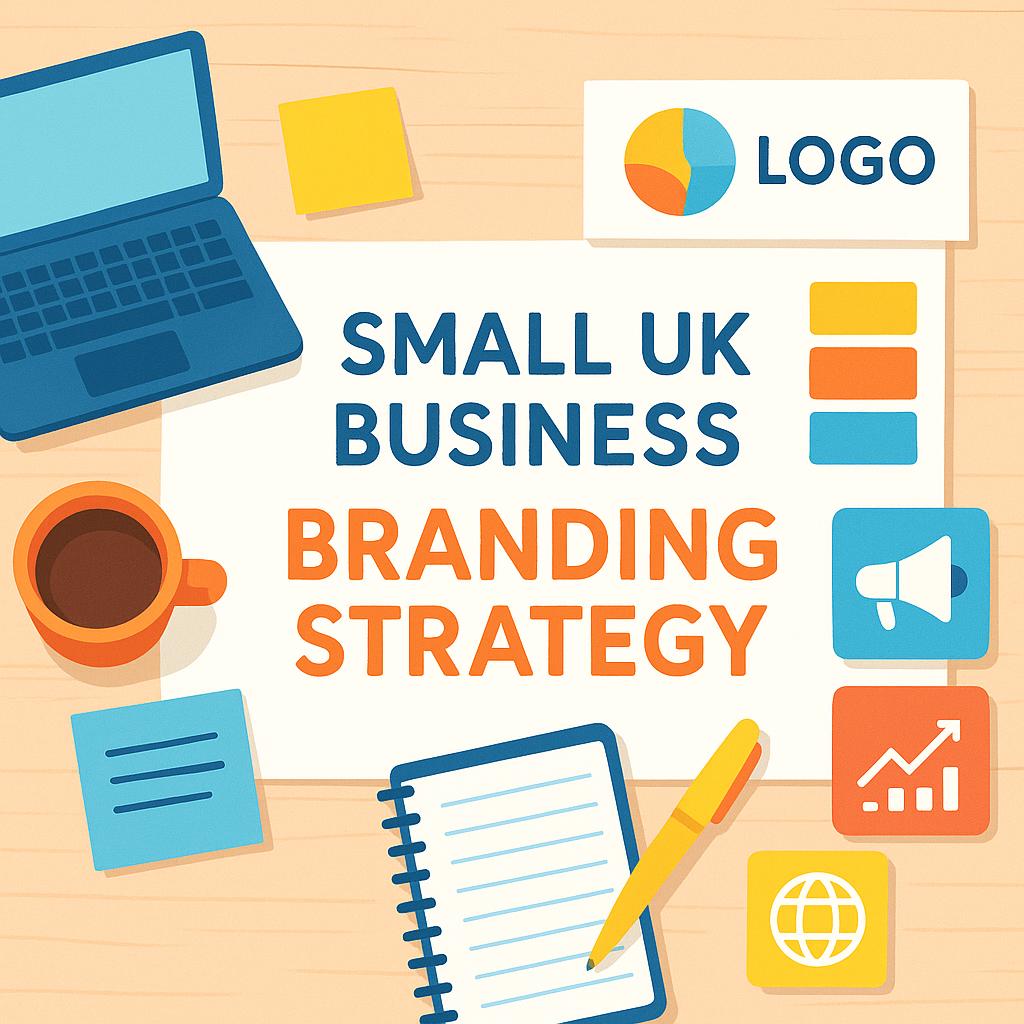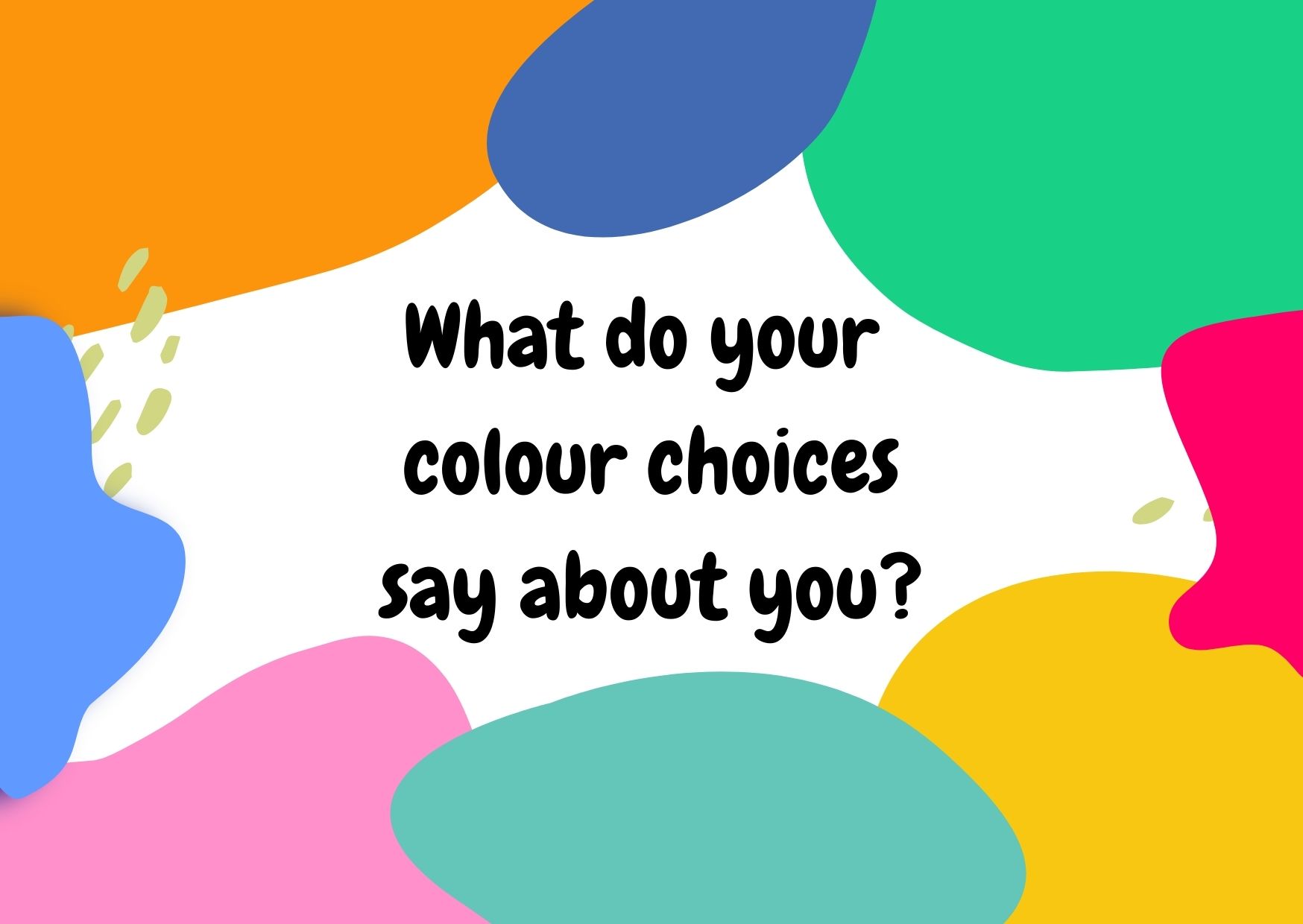
What your colour choices say about you
Colour plays a much bigger role in our everyday lives than we could even imagine, so choosing the colours for your business, brand and site is actually kind of a big deal, bigger than a big deal! It’s more than simply having a favourite colour, though that can of course play into it, it’s understanding how the colours you choose can influence the mind- yes, this week’s post is a real lesson in psychology!
If you’re looking to make changes to your site, one of the first and easiest ways you can do so, is to play around with the colours of your site and key areas on your site, like call-to-action (CTA) buttons. For example, HubSpot conducted a test in 2017 and found that a red CTA button outperformed a green CTA button by 21%. If you you’d like to know what your colour choices say about you, keep reading!
Blue
Blue can represent trust, loyalty, dependability, serenity and security, it has connotations with wisdom and strength… It can also convey coldness, lack of emotion and unfriendliness. Studies have even shown that blue can supress appetite- yes, your brains perception of colour is really that powerful! Spas may choose to paint their walls blue to induce calmness. I won’t lie, we’ve started with a strong one (get it?) due to this however, a lot of people can be tempted to use it. If you’re going to use blue you need to ensure you can stand out from the rest somehow, perhaps by introducing another colour too!
Red
You’re using red? What could this possibly mean? I think we all know red is linked with passion, love lust, all things valentines themed, perceive that as you will. It can also connote rage, danger or anger. Basically, the colour red triggers powerful emotion, both positive and negative. Err on the side of caution when using red, when well executed it can earn brilliant results. The complete opposite to blue it can induce hunger, or at least a slight appetite, hence KFC, McDonalds and Burger King’s branding! Brands who use red can expect to be perceived as bold, energetic and adventurous.
Yellow
Does your brand represent all things sunshine youthfulness and happiness if so, yellow is definitely the colour for you! Yellow has connotations with spring, new beginnings, general optimism, warmth and creativity. It can be slightly overbearing and difficult to get right though and often works best when paired with a darker more dominant colour, I wonder where you could find an example of a company that does this? Hint hint! As with all the colours in this list, there are some more negative connotations such as irrationality, fear, frustration and cowardice but overall yellow has a generally positive and sunny disposition.
Green
Unsurprisingly the colour green has strong links to all things nature, in fact it has been proven that we have a primitive relationship with the colour green due to its links with life itself. The word itself is used when discussing environmental issues, recycling, sustainability, fuel. The colour green also has strong links with health, wealth and prosperity. Despite this, and as with all colours, there are some more negative connotations such as the obvious envy, blandness, boredom and stagnation. If your brand is in any way linked to life and health, it might seems like a no brainer but keep in mind that a lot of competitors in the field will most likely have had the same idea.
Orange
Like yellow, orange is a generally sunny colour, it inspires warmth and brightness and positivity. Deeper shades of orange have earthy connotations and are linked with Autumn. Of all the colours in this list orange is considered the most ‘cheap’, though this could be beneficial depending on what it is your company/brand does. Perhaps because of the fun connotations, it can also be linked to immaturity, so if you run a brand aimed at children, this could work in your favour. There are a lot of positives to using orange, pun intended.
Purple
A personal favourite of mine for its links with wisdom, sophistication and luxury. Historically purple has strong ties with royalty and prestige. Due to this however, depending on your brand and how you choose to use the colour it can allude to extravagance or decadence. Purple’s vast array of shades range from moody to feminine to very girly. Some have found that the colour has connotations of sensitivity and understanding. I know I said it was my favourite so it might seem a bit biased but purple really has very few negative connotations, depending on your brand even extravagance and decadence can work in your favour.
Pink
Without a doubt, pink is the colour that most conveys femininity, it is also considered the most “break the mold” colour! The use of pink has long been considered outrageous and perhaps due to its strong links with femininity, it can be seen as a rebellious colour to choose when building your brand, (unless of course your brand and company also has strong links with femininity.) The positives of using pink are that it is overall a positive colour, it has links with imagination and creativity, not to mention quirkiness, the idea that using pink breaks the mold also makes it one of the more innovative colours on the list!
Black
We are obviously left with black and white, I know some of you are screaming at your screens now in protest “Black and white aren’t colours, they’re shades!” Yes yes, I hear you and your primary school contrariness, however I’m not going to write a whole new blog post on shade psychology so they’re going on the end of this post whether you like it or not.
Perhaps you’ve noticed, it’s best suited to fashion brands and not health, black has links with all things luxurious and simplistic which can be good or bad. It’s sophisticated and elegant but it can be cold and menacing, even oppressive. Black is another one that does well paired with another colour. People who use black in their branding mean business, they’re serious about what they do and they execute it confidently.
White
White is the opposite end of the spectrum, quite literally. It shares with black a tone of professionalism that other colours simply cannot achieve but it can also be seen as sterile, cautious and plain. This can work in brands’ favour, like Apple for example, giving a modern sleek and simplistic look, the brand use white and give the idea of ridding your life and technology of over-complication-you can tell I’m not an android user! It is the least adventurous of the colours, again though, this could work in your favour but be careful as it can look lazy.
If you’ve made it this far, well done it was a long one this week! I hope this has shed a little light on how the early decisions you make when building your brand can affect your business for years to come. Come back and let us know if you changed any of your branding or even CTA buttons on your site based on what you’ve read here today!

